Clematis "Niobe": description, recommendations for growing and reproduction
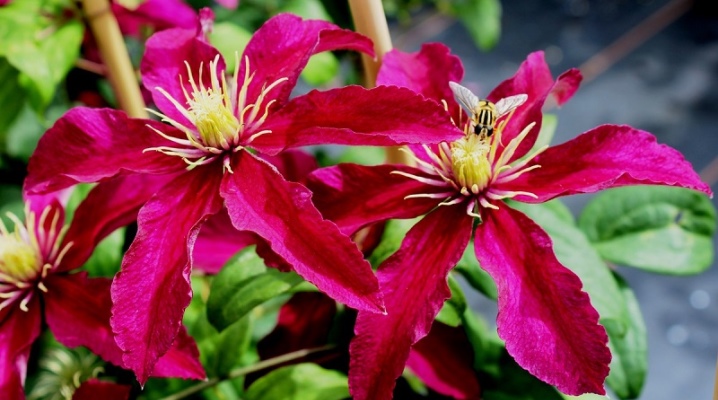
Hybrid varieties of clematis are deservedly considered a decoration of any garden. The type of "Niobe", as a rule, attracts flower growers with its rich color of scarlet shades and the height of the liana itself, reaching three meters.
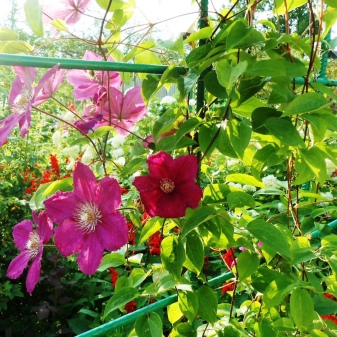
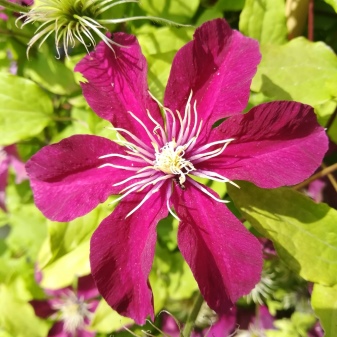
Characteristic
Description of hybrid clematis variety "Niobe" should begin with the fact that the plant is a climbing liana, for the successful growth of which a support is needed, for which it will cling to its antennae. The culture reaches a height of 2.5 to 3 meters, so it cannot grow by itself. The cultivar is large-flowered. Buds open somewhere in the second week of May, and close in the third week of June. The second time flowering occurs at the junction of June and July and continues until the end of September. The buds on the bush open twice, since last year's shoots and those that have just appeared are blooming separately.
The opened flowers have a beautiful maroon hue, which over time becomes closer to ruby. Velvet petals shimmer beautifully in the sun. The diameter of the open bud is about 15 centimeters, and the number of sepals varies from six to eight. Both elongated stamens and pistils have a bright yellow saturated color. The first two years of life, clematis "Niobe" does not bloom too abundantly, a large number of flowers appear only in the third or fourth year.
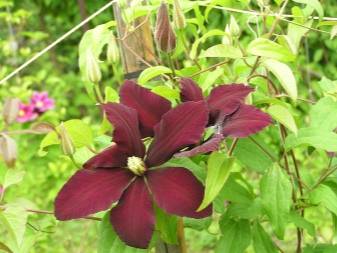
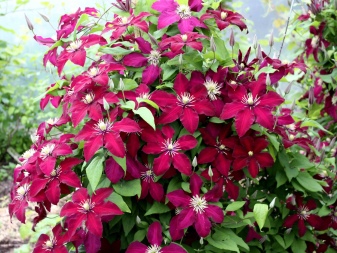
The plant bears fruit with a small nut filled with seeds. The color of the leaves ranges from light green to dark green. The plates themselves have pointed ends and prominent veins. The fibrous root system goes quite deep into the ground.
Clematis "Niobe" is a frost-resistant variety. Its roots can withstand up to -35 winter frosts, which makes it possible to grow a crop in most natural areas of Russia. The plant tolerates the lack of watering, except for hot days, accompanied by strong winds. The plant reacts poorly to excess moisture in the ground.
In general, clematis is considered a rather demanding plant in terms of care, but with proper efforts, even a novice gardener will succeed in growing it.
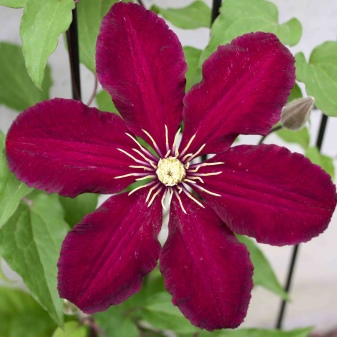
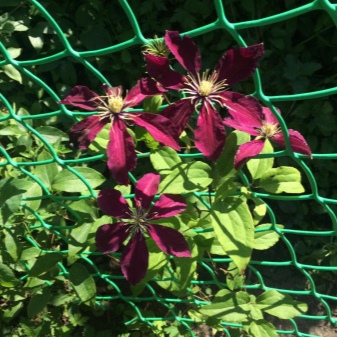
Landing rules
Planting clematis "Niobe" can be carried out both in the spring and autumn months. The exact dates are determined depending on the climatic zone and the frost situation. The most successful periods for planting rhizomes are called the days from the second half of April to the end of May, as well as the period from September to the first weeks of October. It is better to place the plant in a sunny area or in the presence of partial shade. Experts recommend focusing on the following sides: southern, southeastern, southwestern. The absence of drafts is important, as well as the presence of a meter or two meters distance from buildings and massive fences.
Clematis makes, in general, standard requirements for the state of the soil: loose, well-drained, with neutral acidity. Loam or sandy loam soil is most suitable. Seedlings are required of high quality, they should not be damaged or dry roots. If possible, plants with a closed root system should be purchased from the nursery.
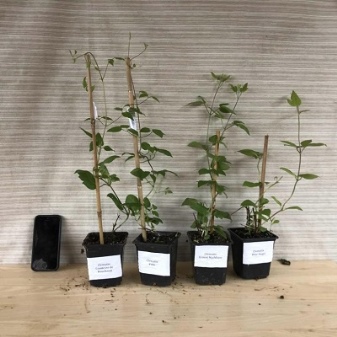
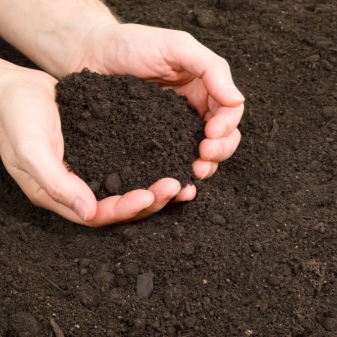
In addition to the rhizomes, the aerial part should also be examined: shoots with leaves should be elastic, rich green and healthy. Immediately before planting, the rhizomes are removed for half an hour in a solution of potassium permanganate or phytosporin, that is, a substance responsible for disinfection. It is also worth watering the earth with them, and immediately remove the spoiled roots. The hole is dug out of such a size that the depth varies from 60 to 70 centimeters, and the width is in the range from 40 to 50 centimeters. The bottom of the pit must be filled with drainage material, for example, small stones and sand.
The soil extracted from the pit is mixed with grass or rotted manure and immediately enriched with peat, turf and ash. As a support for the vine, a structure made of wood or metal is installed in the pit. An enriched soil mixture is laid on top of the drainage, and then the seedlings are carefully deepened.
The plantings are not watered abundantly with warm water, the remaining earth pours out from above.
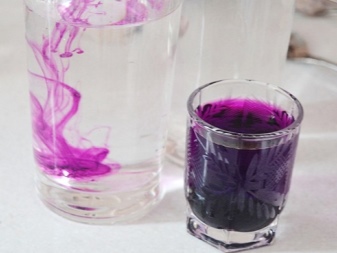
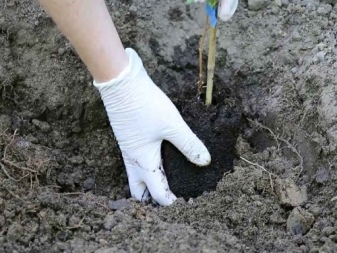
Follow-up care
Clematis "Niobe" demands compulsory support, which can be used as a gazebo, lattice structure or even a tree... The developing plant is fixed using soft threads or loose ropes. The vine, of course, will cling on its own, but it will need additional help in case of strong winds.
Clematis is watered either in the morning or in the evening throughout the entire period from spring to autumn. This must be done once or twice a week in such an amount that there are 8 to 10 liters of heated liquid per square meter. In the event of a drought, it is recommended to increase the volume of water and the frequency of irrigation.
The land on which Niobe grows should be fed in spring, autumn, and summer... Summer fertilization is carried out during the period when the culture does not bloom, for which complex solutions containing phosphorus, nitrogen and potassium are used.
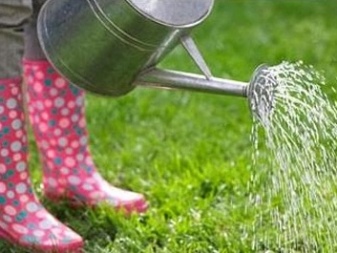
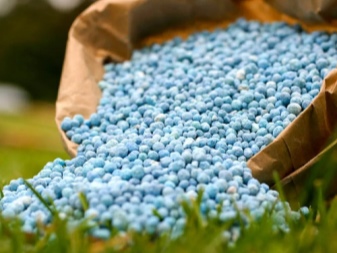
In the spring, for feeding, complexes are selected that necessarily contain potassium and nitrogen, which contribute to the growth of green mass, as well as the setting of flowers. In the autumn months, clematis needs calcium, magnesium, nitrogen, phosphorus and potassium, although all these substances, in principle, can be replaced with rotted organic waste.
It is necessary to loosen the soil of the site from 3 to 4 times a month... As for mulching, it is performed both in spring and autumn, accompanied by shallow digging of the surface around the bush. The last irrigation and fertilization is carried out somewhere in a couple of weeks before the first frost. At the same time, disposal of weeds, hilling and digging of soil mixtures are carried out. Further, all the leaves from the vines are eliminated, which are then removed from the supports, wrapped in rings and buried in earth.
In addition, it is considered a good way to folding clematis into bags filled with straw or sawdust, which must be tied at the top and bottom. It is also important to huddle the lower part of the plant.
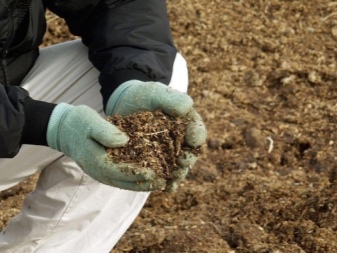
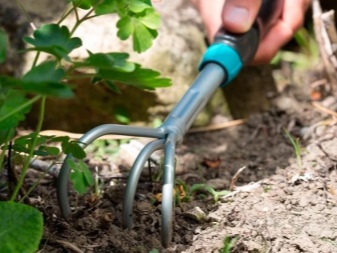
Trimming group
Clematis "Niobe" belongs to the third group of pruning, which is explained by the emergence of flowers on new shoots. However, since the plant blooms twice, it can be attributed to the second trimming group. If the vines take cover for the winter, then pruning is generally unnecessary, since new buds will appear on old shoots. However, in this case, all nutrients will begin to flow to last year's processes, preventing new ones from forming, which will negatively affect the development of clematis. Besides, excessive thickening contributes to the occurrence of fungal diseases.
Experts advise in the first year, carry out light pruning in the spring, so that 30-40 centimeters of healthy processes remain from the surface... Such an intervention will provoke early flowering.For the next years of the life of the culture, pruning is carried out in the summer (after the first wave of flowering ends). This time, only faded shoots are removed. In autumn (again after flowering) only strong shoots 1 meter high are left.
Every five years, gardeners need to do a lot of pruning.
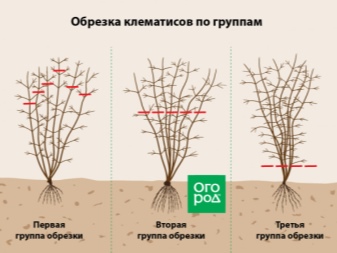
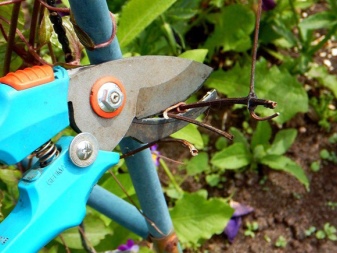
Disease and pest control
The immunity of Niobe clematis is rather mediocre. He often suffers from fungal diseases, especially if planting and grooming is done in the wrong way. Plant-specific diseases include powdery mildew, rust, spotting, root rot, mosaic and others. As a preventive measure, gardeners in the spring and autumn treat the area with a fungicide, and also promptly eliminate all damaged or diseased processes. Of the pests, "Niobe" most often encounters exposure to aphids, nematodes, bears, butterflies and other common insects.
Getting rid of them is carried out with the help of baits, the design of drainage grooves, as well as the observance of agricultural technology. In spring and autumn, preventive spraying with insecticides is carried out both on the plants themselves and on the land nearby.

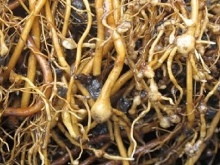

Reproduction
Reproduction of clematis "Niobe" is possible by several methods. Gardeners choose between dividing the rhizome, using cuttings, seeds and cuttings... The use of bends, which implies dropping lianas into the ground, is carried out in the spring. Stratified seeds are planted at any time, but they will take from one and a half to six months to germinate. Cuttings are used either in autumn or spring, but the spring months are still considered more favorable.
In most cases, cuttings are used to propagate clematis. To obtain planting material, bushes are used that are already five or six years old. In spring or early June, petioles are cut, the length of which reaches 20 centimeters. Each should have 3 or 4 full and healthy buds. The resulting parts of the plant are planted in a separate container or simply on another bed in order for the roots to appear.
In the fall, they will definitely need to be protected before the onset of frost, and in the spring it will already be possible to transplant clematis to a permanent place.
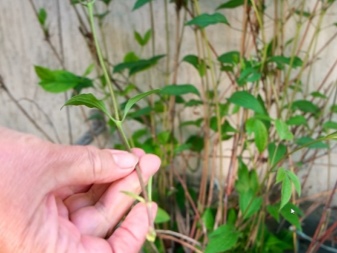

Examples in landscape design
Most often clematis "Niobe" is used in landscape design to create multi-level compositions fixed on graceful supports of unusual shapes... As such, arches, openwork fences that require concealment, or bare tree trunks are most often used. Liana can be planted next to a fence to create a hedge effect. Clematis is also suitable for decorating a recreation area, for example, a gazebo. Looks good grade "Niobe" and just in the open field.

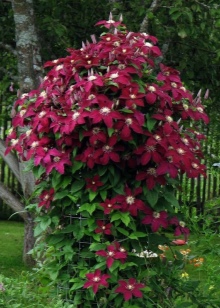
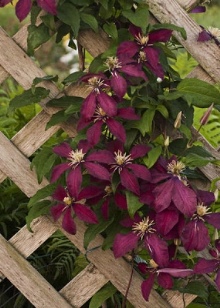
See below for more details.







































































































The comment was sent successfully.